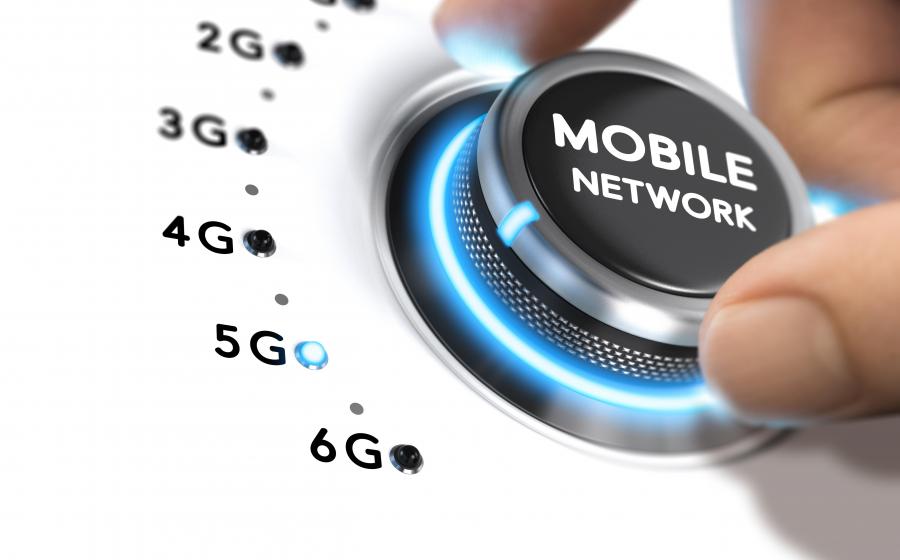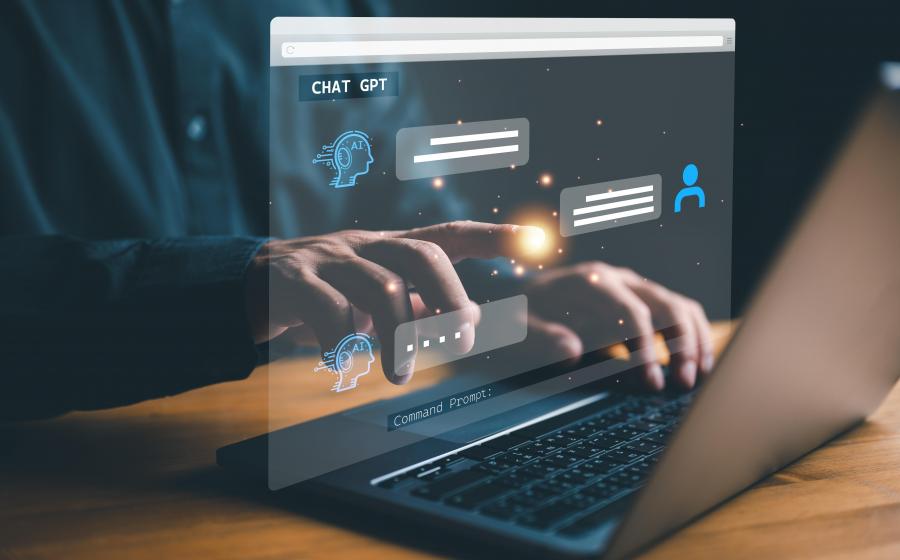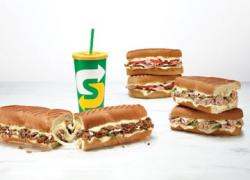Tips to savor springtime and reflect on life’s important memories
(NewsUSA) - Spring is here, with milder weather, more hours of daylight, and many opportunities to gather with family and friends. Spring is the perfect time to savor life’s sweetness — not only the special occasions that come with the season, but also the everyday moments that make memories to cherish for years to come.
- Spring is here, with milder weather, more hours of daylight, and many opportunities to gather with family and friends. Spring is the perfect time to savor life’s sweetness — not only the special occasions that come with the season, but also the everyday moments that make memories to cherish for years to come.
Photos are one of the most popular ways to capture memories, and today’s digital tools make the process even smoother. Use these simple strategies to save, access, and share the photos that tell the story of your life so you can savor springtime with family and friends, both now and in the years to come as you revisit past memories.
- Organize your albums. Albums are great way to savor memories. Albums can be based on time (springtime), event (spring break vacation), or theme (baseball, family reunion, etc.). Finding your favorite photos from the sea of digital images on your phone might seem daunting, but Amazon Photos makes this job easy. You can search and find your favorite photos based on several features including Date Taken, Things, People, and Places, then sort them into titled albums for easy access.
- Highlight special events. To preserve a memorable event, the Memories feature on Amazon Photos creates custom slide shows that are easy to view and share. Make a slideshow of your child’s Easter egg hunt, their first spring concert, or simply the wildflowers in bloom during the season’s first thaw.
- Travel through time. Want to look back at wedding, graduation, or birthday party memories? Amazon Photos’ “This Day” feature makes it easy to remember and share how you and your loved ones have grown and changed year by year. What graduate wouldn’t appreciate a walk down memory lane looking at all of their first-day-of-school photos?
- Share your memories. Not every photo needs to end up on social media — sometimes, you just want to share it with your loved ones. With Amazon Photos, you can create private sharing groups that allow a specific set of people to be able to view and share photos amongst themselves through Groups to gather their photos in one place.
Visit amazonphotos.com to sign up and start organizing, searching, and sharing your photos today. Make the most of your photos and enjoy your memories this spring and beyond. Amazon Prime members get unlimited photo storage and non-Prime members get up to 5 GB of storage for free. The Amazon Photos app is available on Windows, macOS, Android, and iOS.



 - Small businesses in rural America face challenges their urban counterparts don’t. This sector is an important part of the U.S. economy and provides critical support to rural communities. A major obstacle is limited access to high-speed internet. Consider the many ways a business might depend on internet access for success. Here are some example functions:
- Small businesses in rural America face challenges their urban counterparts don’t. This sector is an important part of the U.S. economy and provides critical support to rural communities. A major obstacle is limited access to high-speed internet. Consider the many ways a business might depend on internet access for success. Here are some example functions:
 - The United States is at the opening of a critical window in time: between now and 2030 a constellation of emerging technologies including AI will continue to transform our national security, economy, and society. Is America ready?
- The United States is at the opening of a critical window in time: between now and 2030 a constellation of emerging technologies including AI will continue to transform our national security, economy, and society. Is America ready?
 - Advanced networks – the highways of cyberspace and artificial intelligence (AI) – remain a globally contested technology sector, according to experts at the
- Advanced networks – the highways of cyberspace and artificial intelligence (AI) – remain a globally contested technology sector, according to experts at the 
 - As artificial intelligence (AI) becomes entrenched in many businesses, people are talking about what AI means for the workforce.
- As artificial intelligence (AI) becomes entrenched in many businesses, people are talking about what AI means for the workforce.
 - AI systems continue to enable a range of economic, social, and defense opportunities. However, the same AI characteristics that allow for new and transformative opportunities also present risks to national security, according to experts at the
- AI systems continue to enable a range of economic, social, and defense opportunities. However, the same AI characteristics that allow for new and transformative opportunities also present risks to national security, according to experts at the 
 - Homeowners are facing the latest post-COVID reality resulting from the confluence of two mounting trends that together threaten to financially and physically “put the squeeze” on families in increasingly crowded households nationwide.
- Homeowners are facing the latest post-COVID reality resulting from the confluence of two mounting trends that together threaten to financially and physically “put the squeeze” on families in increasingly crowded households nationwide.
 - The United States continues to lead in biotechnology investments and remains home to the large majority of the world’s leading biotechnology companies and innovators, but other countries are making great strides as well, according to experts at the
- The United States continues to lead in biotechnology investments and remains home to the large majority of the world’s leading biotechnology companies and innovators, but other countries are making great strides as well, according to experts at the 
 -
- 
 - New and emerging technology is changing how wars are fought, even the nature of war, and the United States needs to embrace these changes, according to a new
- New and emerging technology is changing how wars are fought, even the nature of war, and the United States needs to embrace these changes, according to a new 


